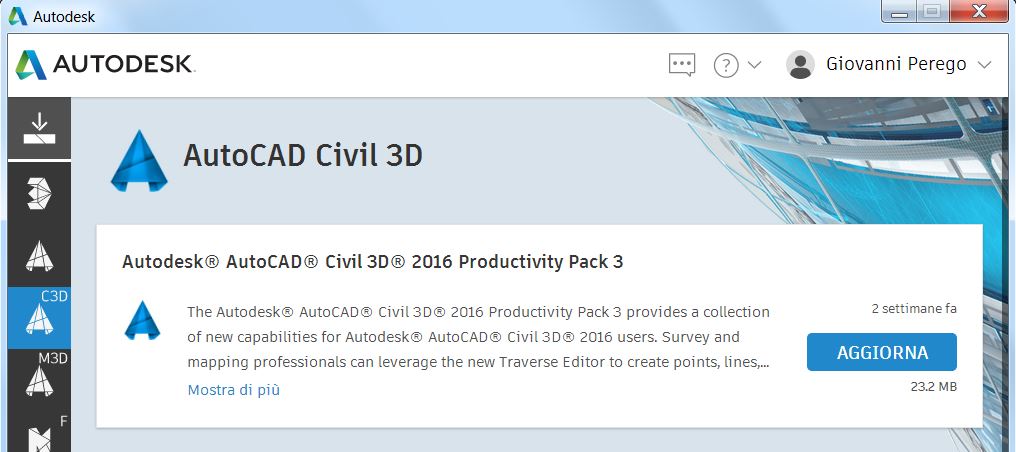

You may need to adjust the time as well to get the shadows of the buildings to line up. Set the date in your InfraWorks model to be close to the OSM Imagery Analyzer date. As you zoom in/out there may be more or less tiles available and at different dates. It will show you a series of tiles with the date the image was taken (month/year). Zoom into your project area by entering the address of your project site in the search box in the upper-right hand corner.


We’ll need the help of the OpenStreetMap’s Bing Imagery Analyzer tool ( direct link). Start off by creating a model in Infraworks either manually or by using Model Builder. The key is to use the shadows of the satellite imagery along with the approximate date of the image to set the building height. Sometimes the building heights aren’t even close to what they are in the real world, but there’s a relatively easy way of adjusting them so they’re shown closer to their actual height. InfraWorks‘ Model Builder is great for giving you a starting point for your model but the building heights aren’t always accurate when the data is imported. Quer圜ount ( ) < 1 ) Īutodesk Screencast video demonstrating the use of the Javascript code to randomize objects in an InfraWorks 360 model. Var tableName = "CITY_FURNITURE" // You must have at least one object selected if (sset. See this article for more information regarding the other categories you can access in InfraWorks 360. It can also be modified to work for other objects such as trees or points of interest. The code below can be modified to limit the range of random values, adjust the Y translation value or any other number of settings. The Javascript below will rotate selected city furniture objects about their Z axis at a random degree.

Add a touch of realism to your InfraWorks 360 models by randomizing the look of objects.


 0 kommentar(er)
0 kommentar(er)
